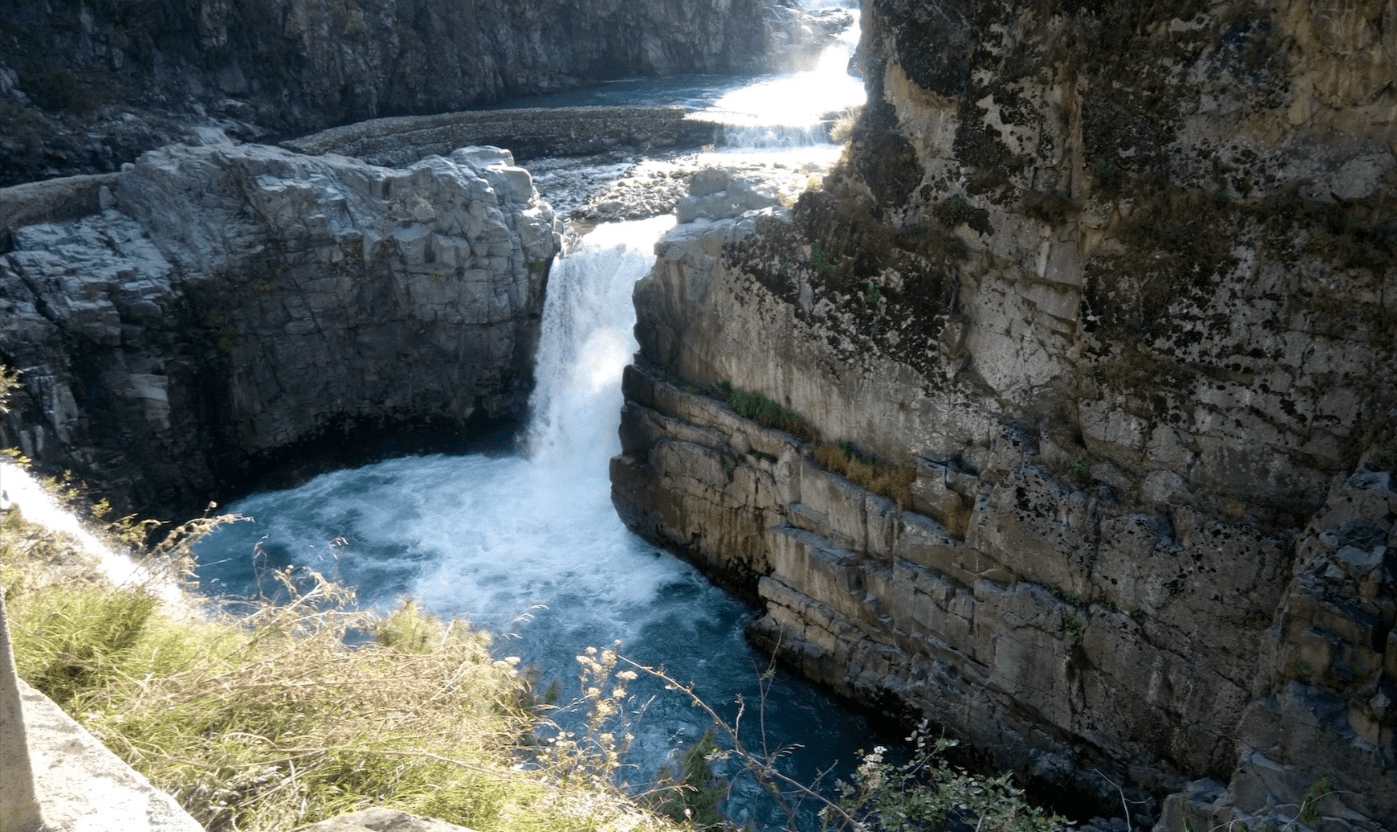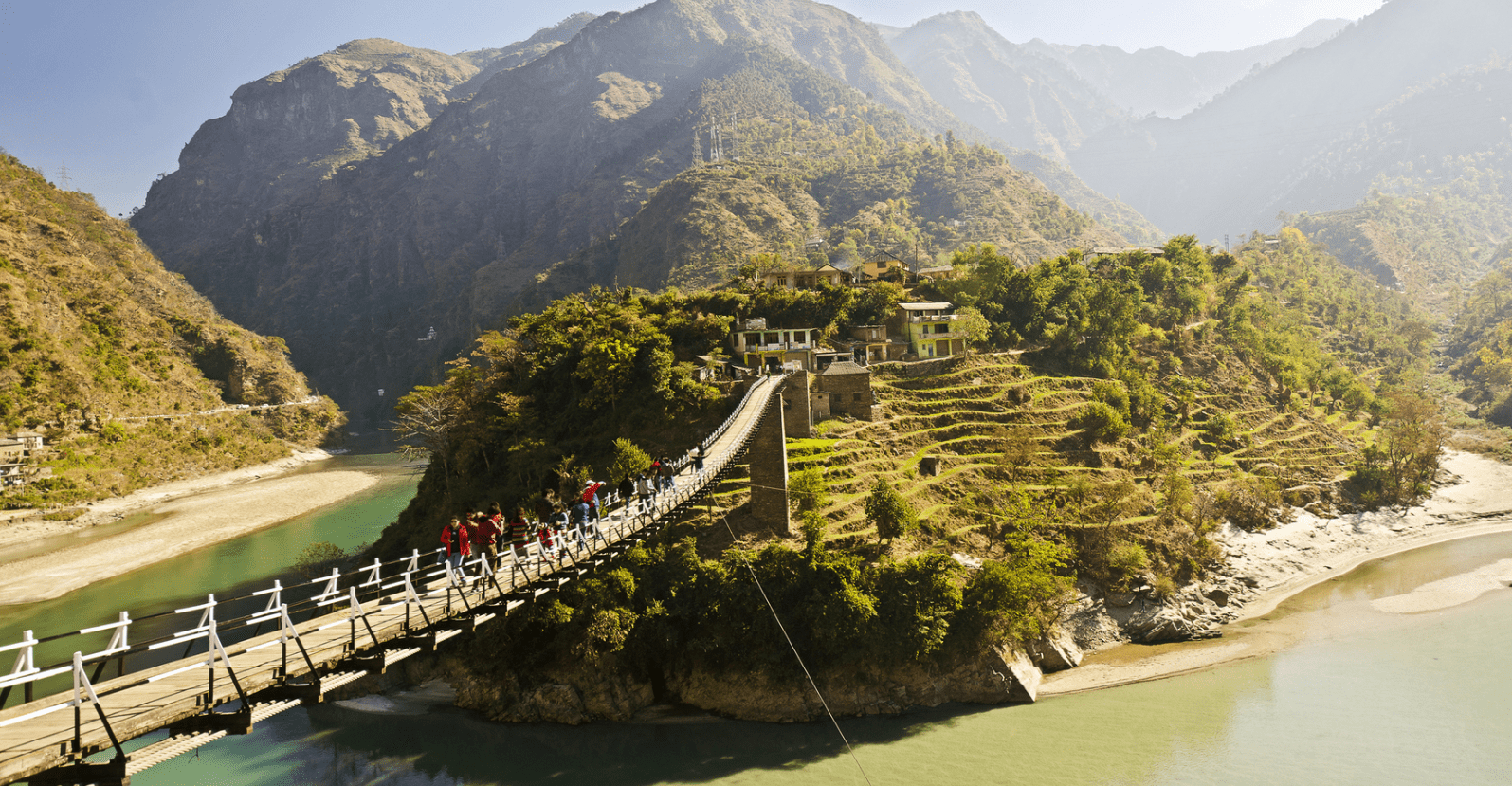The Taj Mahal is one of the most iconic and recognizable landmarks in the world. Located in Agra, India, this stunning white marble mausoleum was built by the Mughal emperor Shah Jahan in memory of his beloved wife Mumtaz Mahal. The Taj Mahal is a masterpiece of Mughal architecture, with its symmetrical design, intricate carvings, and beautiful gardens. The main building is flanked by four minarets, and the entire complex is surrounded by a large wall and a reflecting pool. The Taj Mahal is particularly famous for its changing colors throughout the day, from a soft pink hue in the morning to a dazzling white in the afternoon and a golden glow at sunset.
The Taj Mahal is not only a symbol of love and devotion but also a UNESCO World Heritage Site and one of the New Seven Wonders of the World. Millions of visitors from around the globe come to marvel at its beauty and learn about its history. The craftsmanship and attention to detail in the construction of the Taj Mahal are truly remarkable, with intricate marble inlay work, delicate carvings, and beautiful calligraphy adorning the walls. The complex also includes a mosque and a guest house made of red sandstone, adding to its architectural grandeur. The Taj Mahal is not just a monument; it is a living testament to the rich cultural heritage of India and a must-see destination for anyone interested in history, art, and architecture.
Key Takeaways
- Taj Mahal is a symbol of love and one of the most magnificent architectural wonders in the world.
- Ajanta and Ellora Caves are ancient rock-cut caves with stunning sculptures and paintings dating back to the 2nd century BCE.
- The Red Fort in Delhi is a majestic symbol of Mughal power and a UNESCO World Heritage site.
- Hampi is a historic city with mesmerizing ruins of the Vijayanagara Empire, showcasing the rich cultural heritage of India.
- Qutub Minar is an iconic landmark in Delhi, standing tall as the world’s tallest brick minaret.
- The Grand Chola Temples are a UNESCO World Heritage site, showcasing the architectural brilliance of the Chola dynasty.
- Fatehpur Sikri is an enigmatic abandoned city, built by Emperor Akbar, and a testament to Mughal architectural grandeur.
The Ancient Ajanta and Ellora Caves
The Ajanta and Ellora Caves are a group of rock-cut cave complexes located in the state of Maharashtra, India. These caves are renowned for their exquisite rock-cut architecture, stunning sculptures, and ancient paintings that depict the life and teachings of Buddha. The Ajanta Caves date back to the 2nd century BCE and are known for their beautiful murals that showcase the evolution of Indian art over several centuries. The Ellora Caves, on the other hand, are a mix of Buddhist, Hindu, and Jain rock-cut temples and monasteries that were carved out of solid rock between the 6th and 10th centuries CE.
The Ajanta and Ellora Caves are a testament to the skill and craftsmanship of ancient Indian artisans and are designated as UNESCO World Heritage Sites. The caves are not only important religious sites but also serve as a window into the rich cultural history of India. Visitors can explore the intricately carved pillars, ornate facades, and detailed sculptures that adorn these ancient caves. The Ajanta and Ellora Caves are a must-visit for anyone interested in ancient history, art, and architecture, as they offer a glimpse into the artistic achievements of ancient India.
The Majestic Red Fort in Delhi
The Red Fort, also known as Lal Qila, is a historic fort complex located in Old Delhi, India. Built by the Mughal emperor Shah Jahan in the 17th century, the Red Fort served as the main residence of the Mughal emperors for nearly 200 years. The fort is an architectural marvel, with its red sandstone walls, intricate marble inlay work, and beautiful gardens. The complex includes several palaces, mosques, and audience halls, each adorned with exquisite carvings and ornate decorations.
The Red Fort is a UNESCO World Heritage Site and is an important symbol of India’s rich cultural heritage. Visitors can explore the Diwan-i-Aam (Hall of Public Audience), where the emperor would address the general public, as well as the Diwan-i-Khas (Hall of Private Audience), where he would meet with his ministers and courtiers. The fort also houses the stunning Moti Masjid (Pearl Mosque) and the Rang Mahal (Palace of Colors), which was once adorned with precious stones and mirrors. The Red Fort is not only a historic landmark but also a living testament to the grandeur and opulence of the Mughal era in India.
The Historic City of Hampi
| Category | Metric |
|---|---|
| Area | 4187.39 hectares |
| UNESCO World Heritage Site | Yes |
| Number of monuments | 1600+ |
| Historical Period | 14th to 16th century |
| Location | Karnataka, India |
Hampi is an ancient city located in the southern state of Karnataka, India. It was once the capital of the Vijayanagara Empire, one of the greatest empires in Indian history. The city is known for its stunning ruins, ancient temples, and impressive monuments that date back to the 14th century. The ruins of Hampi are spread across a vast area and include numerous temples, palaces, market streets, and other structures that offer a glimpse into the grandeur of the Vijayanagara Empire.
Hampi is a UNESCO World Heritage Site and is a popular destination for history enthusiasts and archaeology buffs. Visitors can explore the iconic Virupaksha Temple, which is still an active place of worship, as well as the Vittala Temple with its famous stone chariot and musical pillars. The city also boasts several royal enclosures, elephant stables, and ancient water tanks that showcase the architectural prowess of the Vijayanagara Empire. Hampi is not just a collection of ruins; it is a living testament to the rich cultural heritage and architectural achievements of ancient India.
The Iconic Qutub Minar
The Qutub Minar is a towering minaret located in Delhi, India. It is one of the most iconic landmarks in the city and is recognized as a UNESCO World Heritage Site. The Qutub Minar was built in the 12th century by Qutb-ud-din Aibak, the founder of the Delhi Sultanate, and stands at a height of 73 meters (240 feet). The minaret is made of red sandstone and marble and is adorned with intricate carvings and inscriptions from the Quran.
The Qutub Minar complex also includes several other historic structures, such as the Quwwat-ul-Islam Mosque, which is one of the oldest mosques in India, and the Iron Pillar of Delhi, which has stood for over 1,600 years without rusting. Visitors can climb to the top of the Qutub Minar for panoramic views of Delhi or explore the surrounding complex to admire its architectural beauty. The Qutub Minar is not only a historic monument but also a symbol of India’s rich cultural heritage and architectural achievements.
The Grand Chola Temples

The Great Living Chola Temples are a group of three ancient Hindu temples located in southern India. These temples were built by the Chola dynasty between the 10th and 12th centuries CE and are renowned for their exquisite architecture, intricate carvings, and rich cultural significance. The Brihadeeswarar Temple in Thanjavur, the Brihadisvara Temple in Gangaikonda Cholapuram, and the Airavatesvara Temple in Darasuram are all UNESCO World Heritage Sites that attract visitors from around the world.
The Great Living Chola Temples are not only important religious sites but also serve as a testament to the architectural prowess of ancient India. The temples feature towering gopurams (entrance towers), intricately carved pillars, and beautiful sculptures that depict scenes from Hindu mythology. The Brihadeeswarar Temple in Thanjavur is particularly famous for its massive Shiva lingam (phallic symbol) and its towering vimana (temple tower), which is one of the tallest in India. The Great Living Chola Temples are a must-visit for anyone interested in ancient history, art, and architecture.
The Enigmatic Fatehpur Sikri
Fatehpur Sikri is a historic city located near Agra in northern India. It was built by the Mughal emperor Akbar in the 16th century as his capital but was abandoned after just 15 years due to water shortages. The city is renowned for its stunning architecture, including palaces, mosques, courtyards, and other structures that showcase the grandeur of Mughal design.
Fatehpur Sikri is a UNESCO World Heritage Site and is an important cultural landmark in India. Visitors can explore iconic structures such as the Buland Darwaza (Gate of Magnificence), which is one of the largest gateways in the world, as well as the Jama Masjid (Friday Mosque) with its stunning white marble domes. The city also houses several palaces, including Akbar’s residential palace and the Panch Mahal (Five-story Palace), which offers panoramic views of the surrounding area. Fatehpur Sikri is not just a historic city; it is a living testament to the architectural achievements of the Mughal era in India.
FAQs
What are some famous historical sites in India?
Some famous historical sites in India include the Taj Mahal, Qutub Minar, Red Fort, Ajanta and Ellora Caves, and Hampi.
What is the Taj Mahal?
The Taj Mahal is a white marble mausoleum located in Agra, India. It was built by Mughal Emperor Shah Jahan in memory of his wife Mumtaz Mahal.
What is the Qutub Minar?
The Qutub Minar is a UNESCO World Heritage Site in Delhi, India. It is a 73-meter tall minaret built in the 12th century.
What is the Red Fort?
The Red Fort is a historic fort in Delhi, India. It was the main residence of the Mughal emperors for nearly 200 years.
What are the Ajanta and Ellora Caves?
The Ajanta and Ellora Caves are rock-cut cave complexes located in the state of Maharashtra, India. They are known for their ancient Buddhist, Hindu, and Jain temples and monasteries.
What is Hampi?
Hampi is an ancient village in the state of Karnataka, India. It is known for its ruins of the Vijayanagara Empire, including temples, palaces, and market streets.

